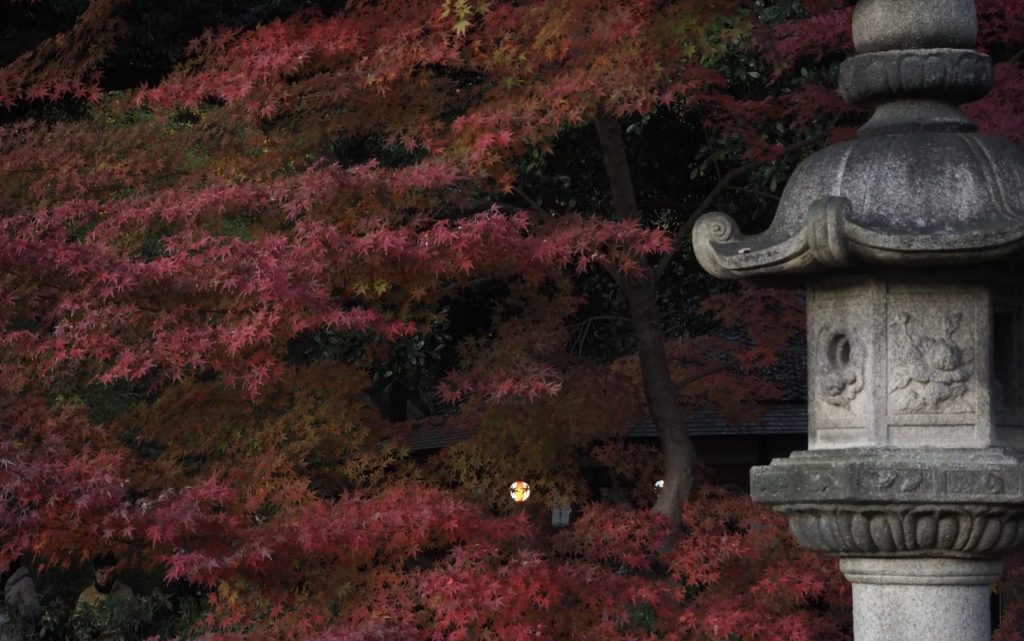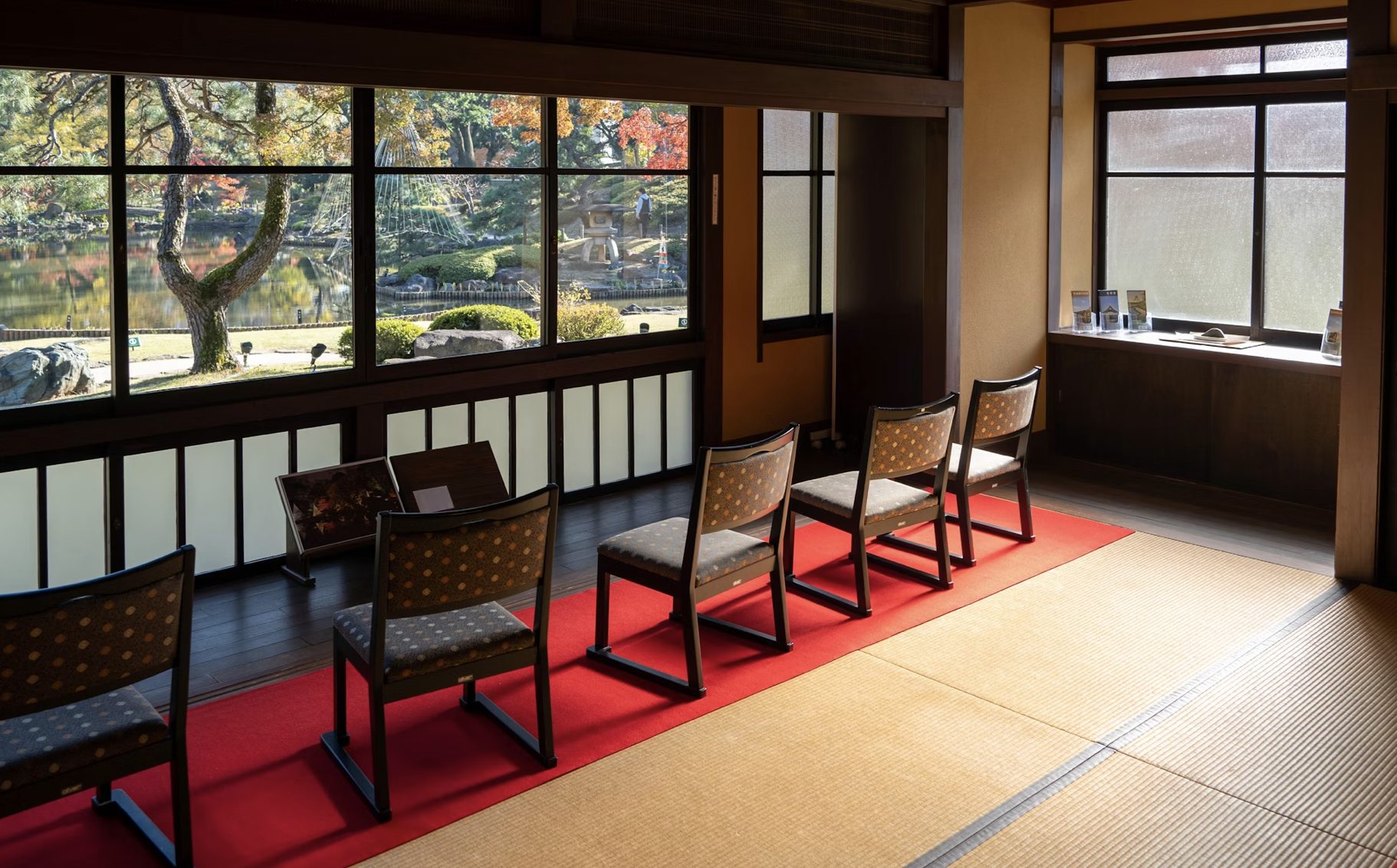🏙️ Living in Bunkyo: A Foreigner’s Guide to Renting in Hakusan, Sengoku & Todaimae (Part 1)
— Quiet, Academic, and Deeply Local Tokyo Life —
1. Why Bunkyo Ward?
If you’ve been searching for a place in Tokyo that’s calm, safe, and filled with character —
Bunkyo Ward might surprise you.
While it’s right next to the busy hubs of Shinjuku, Ueno, and Ikebukuro,
Bunkyo feels like a completely different world — tree-lined streets, family-owned cafés,
and a sense of neighborhood that’s rare in central Tokyo.
Many foreigners working or studying at the University of Tokyo, Ochanomizu, or Hongo area choose this ward because it offers a perfect mix of convenience and tranquility.
2. Neighborhood Overview
| Area | Vibe | Closest Station | Who It Fits |
|---|---|---|---|
| Hakusan | Local & convenient | Toei Mita Line | Students, young professionals |
| Sengoku | Quiet & residential | Toei Mita Line | Families, long-term residents |
| Todaimae | Academic & international | Namboku Line | Researchers, university staff |
3. Hakusan — Daily Life in a Friendly Neighborhood
Hakusan is one of those places that instantly makes you feel at home.
You’ll find supermarkets, bakeries, ramen shops, and parks — all within walking distance.
The area is centered around Hakusan Station (Toei Mita Line) and stretches toward Koishikawa Botanical Garden, giving the neighborhood a peaceful green touch.
Highlights:
- Great for people who want to live like locals
- Easy access to central Tokyo
- Affordable one-room and 1LDK apartments
- Mix of Japanese and international residents
Insider Tip:
Try the small local cafés near Hakusan Shrine — they’re quiet spots often used by university students and expats alike.
4. Sengoku — For Those Who Value Peace and Space
Just one stop from Hakusan, Sengoku is even more relaxed.
It’s mainly residential, with small family homes, local shops, and tree-lined streets.
If you prefer quiet nights, safe streets, and a slower pace, this is your place.
What to Expect:
- Excellent safety and cleanliness
- Spacious apartments and houses
- Ideal for families and long-term stays
Downside:
English-speaking landlords are rare here, so having an agent or translator helps during the rental process.
5. Todaimae — Academic, International, and Inspiring
Living near The University of Tokyo (Todai) means being surrounded by students, professors,
and researchers from all over the world.
The area blends tradition and intellect — old wooden houses next to modern apartments,
bookstores next to family-run soba shops.
Perks:
- Close to Hongo, Nezu, and Yushima
- Many cafes, libraries, and international eateries
- Excellent for academic visitors or long-term professionals
Reality Check:
Rents are slightly higher, but the environment and safety are worth it.
6. Real Voices — What Foreigners Say
🎤 James (USA, researcher, 40s)
“Todaimae is quiet and full of culture.
I walk to the university every day, and I love how safe the streets feel even late at night.”
🎤 Claire (France, exchange student, 20s)
“Hakusan has everything I need — groceries, cafés, even a bakery with French bread!
The landlord didn’t speak English, but my agent helped a lot.”
🎤 Daniel & Mei (Singapore, couple, 30s)
“We live in Sengoku with our daughter. The area is peaceful and child-friendly.
There are parks everywhere, and people greet you on the street — that never happens in Shibuya!”
7. Common Rental Rules in Japan (That Surprise Foreigners)
If you’re renting in Japan for the first time,
some rules can be confusing — even frustrating.
Here are key things to remember before signing a lease:
- Check the renewal fee — usually equal to one month’s rent every two years.
- Understand “genjo kaifuku” (restoration) — you must return the room in near-original condition.
- Always read the contract carefully — even small clauses matter.
- Ask for English translation or use a translation app if necessary.
Doing this early saves stress and money later.
8. How to Communicate with Landlords
Many Japanese landlords don’t speak English.
But don’t worry — there are easy ways to handle this:
- Use a bilingual real estate agent (many specialize in foreign clients).
- Keep communication polite and simple.
- Confirm everything in writing (email or LINE messages).
- If there’s a problem, contact your agent first instead of the landlord directly.
Cultural Tip:
In Japan, indirect communication is common. Phrases like “we’ll think about it” or “maybe difficult” often mean no.
Understanding this saves you from confusion later.
9. Safety and Everyday Comfort
If safety and calm are your top priorities, Bunkyo Ward is one of Tokyo’s best options.
It consistently ranks among the lowest crime rates in all 23 wards,
according to official police data.
You can walk alone at night, find convenience stores open 24/7,
and most neighborhoods are covered by regular police patrols and small kōban (police boxes).
Local safety features:
- Clean, well-lit streets
- Respectful neighbors
- Low noise and traffic
- Schools and parks nearby
Why this matters:
Many foreigners who move from central Tokyo areas like Shibuya or Roppongi
often describe Bunkyo as “a place where you can finally relax.”
10. The Local Community
Unlike some parts of Tokyo where people keep to themselves,
Bunkyo has a genuine neighborhood feel.
Residents greet each other,
shopkeepers remember your name,
and small community events are held year-round — from temple festivals to local farmers’ markets.
Examples:
- Hakusan Ajisai Festival (hydrangea festival) at Hakusan Shrine
- Hongo Marche — a weekend outdoor market with local food and crafts
- Local clean-up days and children’s events in neighborhood parks
Even foreigners are encouraged to participate,
and it’s a great way to practice Japanese and feel part of the community.
11. Cost of Living & Apartment Prices
Here’s a general guide to average monthly rents in Bunkyo Ward (as of 2025):
| Apartment Type | Average Rent (JPY/month) | Typical Size |
|---|---|---|
| 1R / Studio | ¥90,000 – ¥130,000 | 20–30 m² |
| 1LDK | ¥140,000 – ¥200,000 | 35–50 m² |
| 2LDK | ¥200,000 – ¥300,000 | 50–70 m² |
| Family House | ¥300,000+ | 70 m²+ |
💡 Tip: Sengoku tends to be slightly cheaper, while Todaimae and Hongo are higher due to proximity to the University of Tokyo and central Tokyo lines.
Utilities (electricity, water, gas, internet) usually cost about ¥10,000–¥20,000/month extra.
12. Cultural Tips for Foreign Residents
Living in Japan means learning a few everyday customs that make life smoother:
- Always remove shoes when entering any home or apartment.
- Garbage separation is strict — follow your local schedule carefully.
- Quiet hours — avoid noise after 10 PM.
- Greetings — a simple “konnichiwa” to your neighbor goes a long way.
- Punctuality — being on time is seen as respect.
These small habits help foreigners blend in and get along with local residents.
13. Transportation Access
One of Bunkyo’s biggest strengths is excellent train connectivity — without the chaos.
The area is served by:
- Toei Mita Line (Hakusan, Sengoku)
- Tokyo Metro Namboku Line (Todaimae)
- Marunouchi Line (Korakuen, Hongo-sanchome)
- Chiyoda Line (Nezu, Sendagi)
From Bunkyo, you can reach:
- Tokyo Station → 10–15 min
- Shinjuku → 20 min
- Ueno → 10 min
- Roppongi → 25 min
You’ll rarely face crowded nightclubs or rowdy crowds — just peaceful commuters and students.
14. Education and International Life
Because Bunkyo is home to The University of Tokyo,
you’ll find a naturally international environment —
researchers, students, and professors from dozens of countries.
Some international schools and bilingual nurseries are also within easy reach:
- Montessori Preschool (Bunkyo)
- JAL International School (near Ochanomizu)
- LIS Tokyo (Hongo)
Libraries, museums, and art galleries are part of daily life —
the area values learning and culture deeply.
15. Pros and Cons of Living in Bunkyo
| Category | Pros | Cons |
|---|---|---|
| Environment | Clean, green, quiet | Less nightlife |
| Rent | Reasonable for central Tokyo | New buildings are expensive |
| Safety | Excellent | Streets are narrow for driving |
| Community | Friendly locals | Japanese-only communication in some areas |
| Access | Fast to major stations | No JR Yamanote Line directly inside the ward |
Overall, it’s perfect for people who want a calm, authentic Tokyo life —
not the party scene.
16. Long-Term Value and Property Trends
If you’re considering a long stay — or even real estate investment —
Bunkyo Ward is known for stable property values.
Unlike trendy districts that rise and fall with fashion,
Bunkyo’s appeal comes from education, safety, and livability —
qualities that don’t go out of style.
Trends:
- Small-scale renovations replacing old apartments
- Increase in “zero key money” listings
- Steady rental demand from students and families
Experts predict prices will remain strong or rise slightly over the next decade,
especially around Hakusan and Todaimae.
17. Summary — The “Real Tokyo” Feeling
If you dream of a Tokyo life that’s peaceful, smart, and deeply cultural —
Bunkyo Ward might be your perfect match.
Here, you can:
- Walk to a shrine in the morning
- Study or work in quiet cafés
- Enjoy conversations with kind, curious neighbors
- Sleep soundly without the city noise
It’s a reminder that “real Tokyo” isn’t just neon lights and skyscrapers —
it’s the warmth of daily life in a neighborhood like Hakusan or Sengoku.
“Living in Bunkyo means finding balance —
between tradition and modern life,
between privacy and connection.
It’s where you can truly call Tokyo home.”

